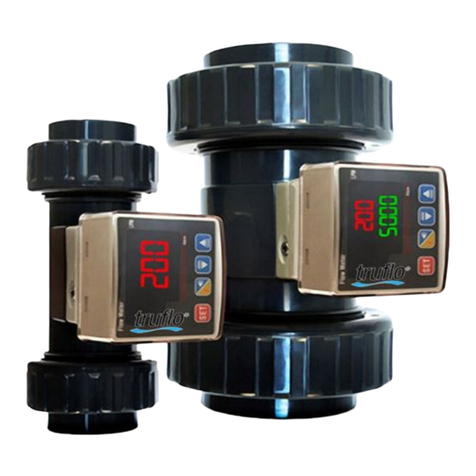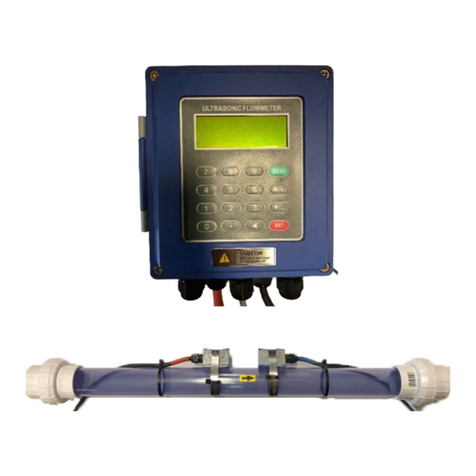
This document is the property of Tecora and can not be duplicated without permission
SUMMARY
I. GENERALITY ........................................................................................................................................................................4
I. 1 PREFACE...............................................................................................................................................................................4
I.2. PACKAGE CONTROL .............................................................................................................................................................5
I.3. INSTALLATION AND USE CONDITIONS .................................................................................................................................5
II. DESCRIPTION PART GAZ ..................................................................................................................................................... 6
II.1 INTRODUCTION....................................................................................................................................................................6
II.2 MEASUREMENT PRINCIPLE..................................................................................................................................................6
II.3 GAS CIRCUIT.........................................................................................................................................................................7
III. ELECTRONIC DESCRIPTION ................................................................................................................................................9
III.1. INTRODUCTION..................................................................................................................................................................9
IV. SETTINGS ........................................................................................................................................................................ 11
IV.1. FIRST PAGE OF SETTING...................................................................................................................................................12
IV.2. SECOND PAGE OF SETTING ..............................................................................................................................................14
V. ELECTRICAL CONNECTIONS .............................................................................................................................................. 19
V.1. CONNECTOR LOGIC INPUT WIRINGS ................................................................................................................................19
V.2. CONNECTOR LOGIC OUTPUT WIRINGS.............................................................................................................................20
V.3. CONNECTOR ANALOGUE OUTPUTS ..................................................................................................................................20
V.4. INTERFACE ........................................................................................................................................................................21
V.5. INTERFACE RS232 .............................................................................................................................................................21
VI. CALIBRATION .................................................................................................................................................................. 21
VI.1. CALIBRATION MANUAL/AUTOMATIC/REMOTE...............................................................................................................21
VI.2. CALIBRATION GAS –HIGH VALUE GAS ............................................................................................................................22
VI.3. CALIBRATION GAS –LOW VALUE GAS .............................................................................................................................22
VI.4. COEF A AND COEF B.........................................................................................................................................................22
VI.5. MANUAL CALIBRATION ...................................................................................................................................................22
VI.6. AUTOMATIC CALIBRATION ..............................................................................................................................................24
VI.7. AUTOMATIC CALIBRATION AT FIXED HOUR ....................................................................................................................25
VI.8. AUTOMATIC CALIBRATION AT CONSTANT INTERVALL ....................................................................................................26
VI.9. AUTOMATIC SEQUENCE OF CALIBRATION MANUALLY STARTED ....................................................................................26
VI.10 AUTOMATIC SEQUENCE OF CALIBRATION STARTED BY EXTERNAL CONTACT................................................................26
VII. TECHNICAL SPECIFICATIONS........................................................................................................................................... 26





























